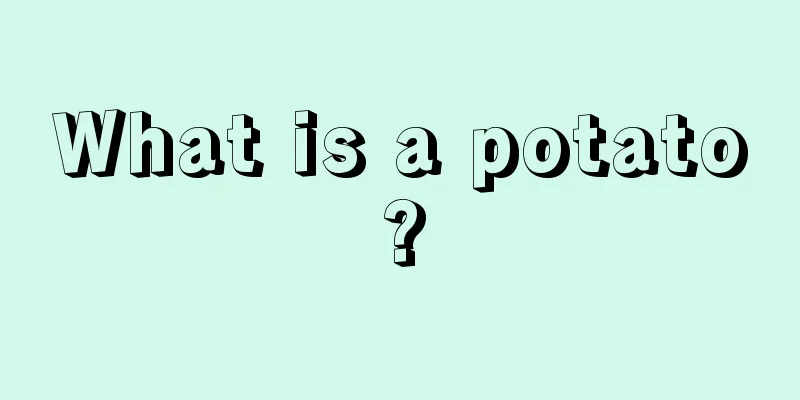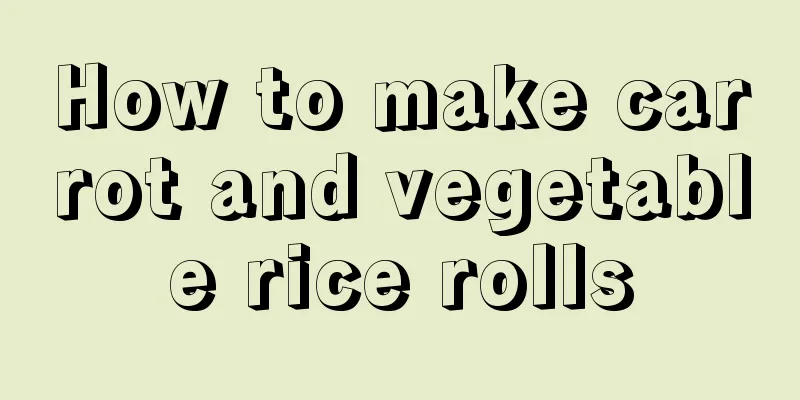What is a potato?

|
Potatoes are a very familiar vegetable to everyone, but few people know about potatoes. In fact, potatoes are potatoes, but the names vary in different regions. Potatoes are high-starch foods and contain a certain amount of glucose. Patients with diabetes should not eat them in excess. Potatoes have high nutritional value and can be eaten in many ways, making them a perfect side dish. Potato is a perennial herb in the Solanaceae family. Its tubers are edible and it is the fourth most important food crop in the world, after wheat, rice and corn. Potatoes, also known as ground eggs, potatoes, sweet potatoes, etc., are the tubers of the Solanaceae family. It is one of the world's five major crops along with wheat, rice, corn and sorghum. Nutrition The ingredients generally contained in fresh potatoes are: starch 9-20%, protein 1.5-2.3%, fat 0.1-1.1%, and crude fiber 0.6-0.8%. Nutrients contained in 100g of potatoes: energy 318 kJ, calcium 5-8 mg, phosphorus 15-40 mg, iron 0.4 mg-0.8 mg, potassium 200-340 mg, iodine 0.8-1.2, carotene 12-30 mg, thiamine 0.03-0.08 mg, riboflavin 0.01-0.04 mg, niacin 0.4-1.1 mg. Contains a lot of starch. Starch is the main source of energy in edible potatoes. -Generally, early-maturing potatoes contain 11% to 14% starch, mid- and late-maturing varieties contain 14% to 20% starch, and the tubers of high-starch varieties can reach more than 25%. The tubers also contain glucose, fructose and sucrose. Potato protein has high nutritional value. Potato tubers contain about 2% protein, and the protein content in potato chips is 8% to 9%. According to research, potato protein has high nutritional value, its quality is equivalent to egg protein, it is easy to digest and absorb, and is superior to protein from other crops. Moreover, potato protein contains 18 kinds of amino acids, including various essential amino acids that the human body cannot synthesize. The highly regarded nutritional value of potatoes is inseparable from the presence of high-grade protein and essential amino acids lysine, tryptophan, histidine, arginine, phenylalanine, valine, leucine, isoleucine and methionine in their tubers. Potato tubers contain a variety of vitamins and inorganic salts. The health benefits of eating potatoes are inseparable from the role of vitamins. In particular, vitamin C can prevent scurvy, stimulate hematopoietic function, etc. It is not found in the rice and white flour we eat daily, while potatoes can provide a lot of vitamin C. The tubers also contain vitamin A (carotene), vitamin B1 (thiamine), vitamin B2 (riboflavin), vitamin pp (niacin), vitamin E (tocopherol), vitamin B3 (pantothenic acid), vitamin B6 (pyridoxine), vitamin M (folic acid) and biotin H, which are beneficial to human health. In addition, inorganic salts in tubers such as calcium, phosphorus, iron, potassium, sodium, zinc, manganese, etc. are also indispensable elements for human health and the development and growth of young children. Potatoes can be used as vegetables to make delicacies, or as a staple food. Eating 0.25 kg of fresh potatoes per person per day can produce more than 100 kilocalories of calories, and it will give you a good feeling of fullness after eating them, so potatoes are very resistant to hunger. In addition, potatoes have no unusual taste, so they can be used as a staple food. Potatoes also have the most complete vitamin content of all food crops, with content equivalent to twice that of carrots, three times that of cabbage, and four times that of tomatoes. The B vitamins are four times that of apples. In particular, potatoes contain carotene and vitamin C, which are not found in cereals. The vitamin C they contain is 10 times that of apples and they are resistant to heat. A nutritionist has done an experiment and found that 0.25 kg of fresh potatoes are enough for a person to consume the vitamins he needs in a day. Fresh potatoes (tubers) can be cooked as food or vegetables. However, fresh potato tubers are large in size and high in water content, making them difficult to transport and store for long periods of time. For this reason, countries around the world pay great attention to the production of processed potato foods, such as French frozen fries, potato chips, instant potato flour, potato starch, as well as a wide variety of pastries and egg rolls, numbering more than 100 kinds. The fresh stems and leaves of potatoes can be used as feed after silage, but they contain solanine, which must be avoided to prevent poisoning of livestock. In some areas of China, potato stems and leaves are used as green manure, and its fertilizer effect is similar to that of astragalus. Potato tubers are rich in dietary fiber and potassium salts and are alkaline foods. Some information indicates that its content is as much as that of apples. Therefore, the gastrointestinal tract absorbs potatoes slowly. After eating potatoes, they stay in the intestines much longer than rice, so you feel fuller. At the same time, they can help take away some fat and waste, and have a certain laxative and detoxifying effect. |
<<: Does baby milk powder need to be changed frequently?
>>: Can I still eat potatoes if their skin turns green?
Recommend
How to make black rice
When you drag your tired body back home, if someo...
How to make bitter melon and carrot scrambled eggs
Do you have a kid? Do you think about food for yo...
How to make scrambled eggs with mushrooms
When you see other people’s tables filled with de...
How to make egg yolk red bean paste crisps
Cooking can be a simple thing. Just pour the vege...
How to make seaweed egg fish roll
Everyone pursues a life of having food and clothi...
Noodle and vegetable pie recipe
For animals, eat is a verb. But for us humans, it...
How to make steamed egg with ham and milk
Does your nine-to-five job make you feel suffocat...
How to make cabbage and tofu buns
Eating work meals every day makes life feel borin...
How to make double-sided yellow fried noodles with oyster sauce
The preparation of double-sided yellow fried nood...
How to make delicious spareribs
Whenever you go out, do you always fail to resist...
How to make purple taro and cherry blossom puff pastry
People eat a lot of food in their lifetime. Only ...
How to make soft noodles in Huxian County, Shaanxi
People who can cook are actually very attractive,...
How to cook lean meat and watercress
Friends are made through getting along with each ...
How to stir-fry goose intestines
With the development of the times, there may be f...
Tomato Pasta Recipe
The word "laziness" has ruined the live...









